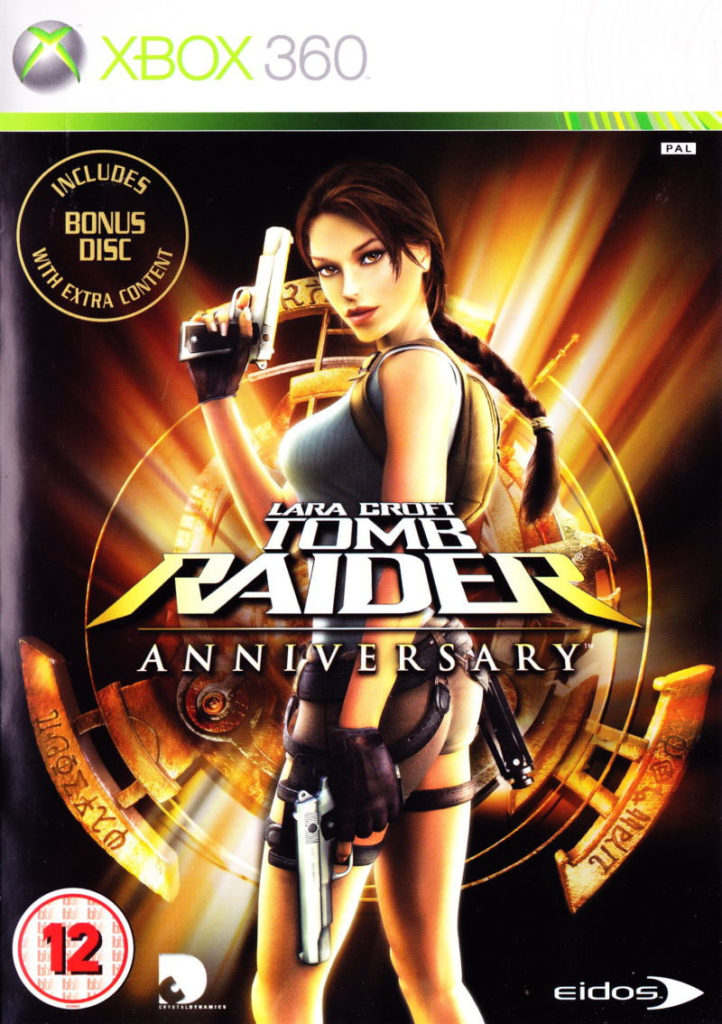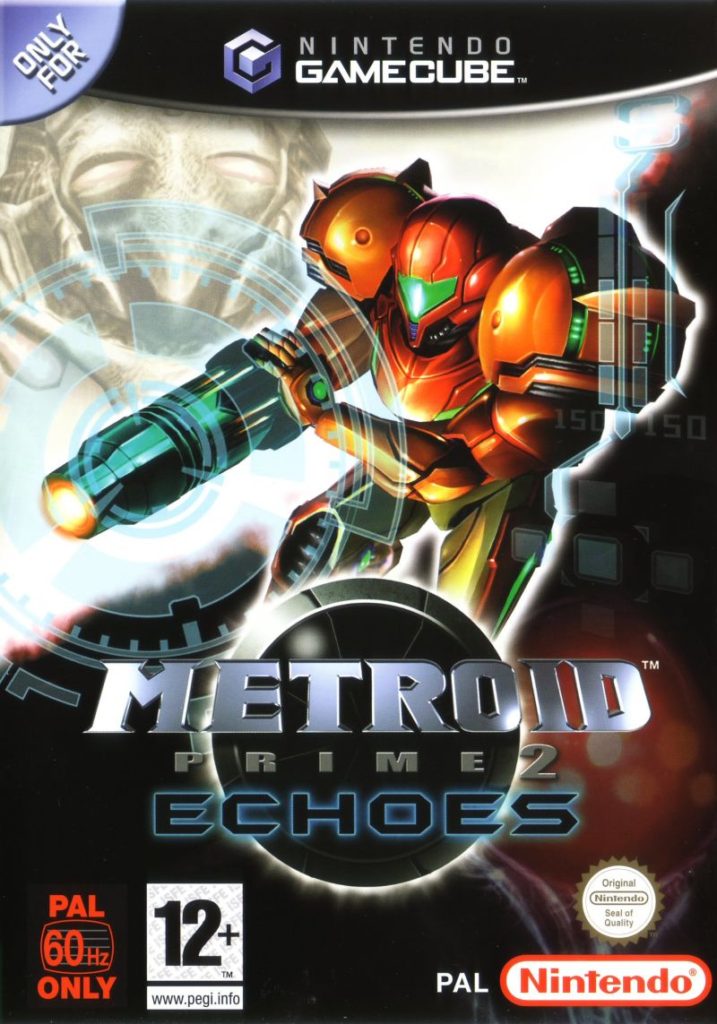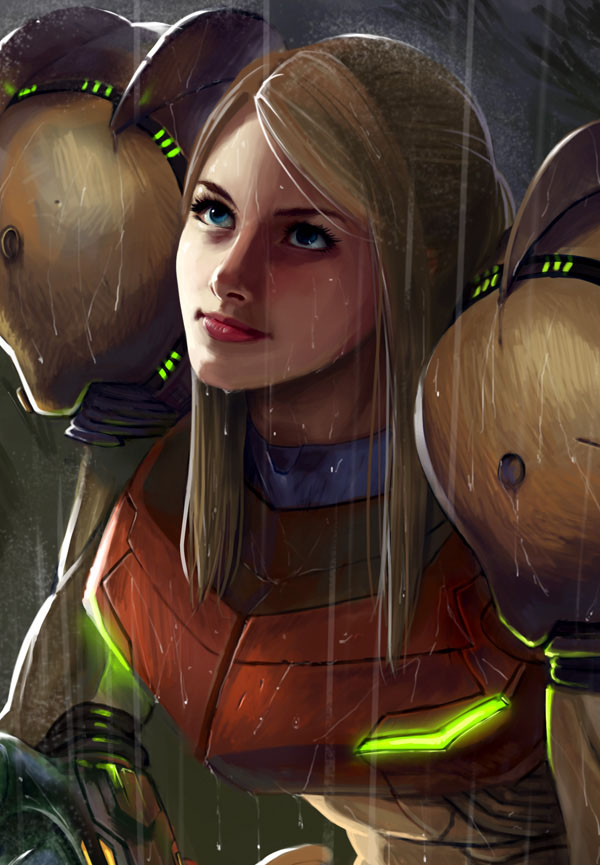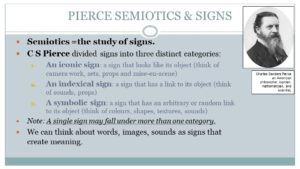Key language:
Semiotics
- Sign – Stands in for something else
- Code – Symbolic tools used to create meaning
- Convention – Accepted ways of using media code
- Dominant Signifier – The main representative
- Anchorage – Words with an image to provide context
Ferdinand de Saussure:
- Signifier – Stands in for something else
- Signified – Idea being evoked by signifier
C S Pierce:
- Icon – A sign that looks like its object
- Index – A sign that has a link to its object
- Symbol – A sign that has a more random link to its object
Roland Barthes:
- Signification – Process of the construction of meaning from the signs
2. Denotation- First level analysis (what a reader can see on the page)
3. Connotation- Meanings or associations we have with the image
4. Myth- Naturalises events turning history into nature
5. Ideology- A world view about how society should function
6. Radical- Out of the ordinary or something you wouldn’t expect
7. Reactionary- Follows stereotypes or something you expect
8. Syntagm – Where signs occur in sequence or parallel and operate together to create meaning
9. Paradigm – A paradigmatic relationship is one where an individual sign may be replaced by another.










